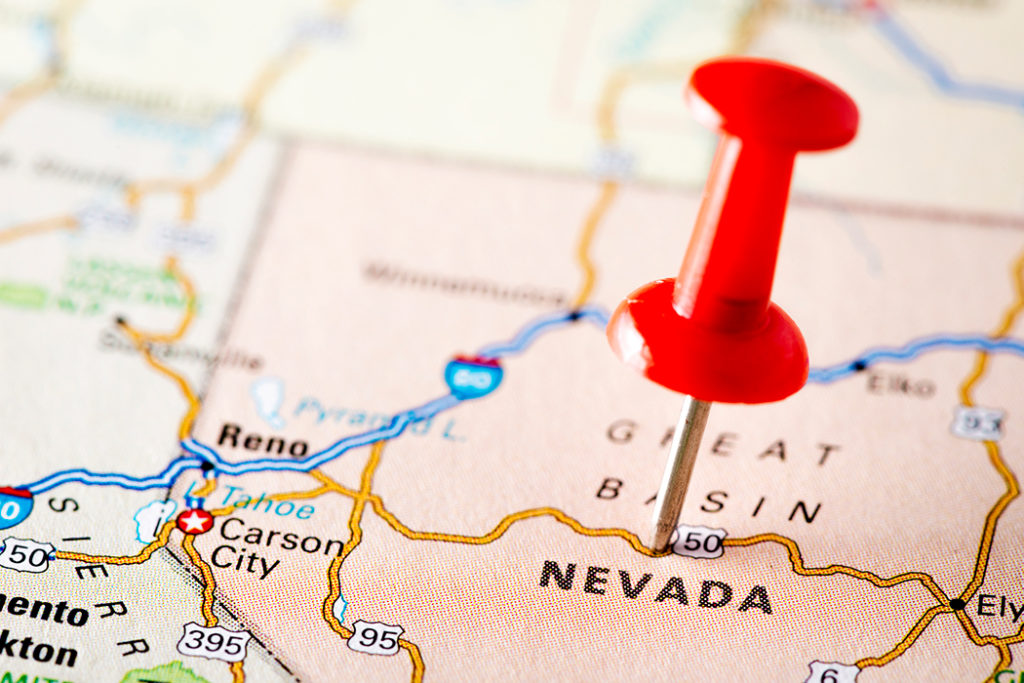The United States is experiencing levels of economic inequality not seen since the Roaring ‘20s, a fact that has become a focus for Democrats from both wings of the party who nonetheless disagree about how aggressively to combat the problem. As we head toward Super Tuesday on March 3, Capital & Main will publish a series of state-level Economic Inequality Snapshots that highlight key data in states that will be pivotal to the outcome of the 2020 election. As we’ll see, the degree of economic inequality varies from state to state, depending on which industries dominate, how deep the scars run from the Great Recession and a range of other factors.
As the Democratic contest heads to Nevada this week, the candidates will find — alongside a low unemployment rate — rising inequality and an economy that is still suffering the effects of the recession that occurred over a decade ago.
Nevada was among the states hardest hit during the Great Recession; it held the record for the highest unemployment in the country in 2010 (at 14.9 percent) and experienced some of the highest foreclosure rates. The state’s GDP has increased 14.9 percent from 2009 to 2018, but per capita GDP has only increased an anemic 1.7 percent over those years — placing it 44th in the nation for the breadth of recovery, according to an Economic Policy Institute analysis.
Nevada’s 2018 median household income stood a full 12.3 percent lower than it was in 2007, a larger drop than any other U.S. state. For the decade of 2007 to 2017, the state saw a 43 percent increase in the number of children living in poverty.
While Nevada has seen economic gains since the end of the recession, they have flowed overwhelmingly to the state’s highest income earners. The top five percent of households saw their inflation-adjusted incomes increase almost 15 percent between 2009 and 2018, while the poorest 20 percent of households saw their incomes decline by about the same amount, according to an analysis by the Economic Policy Institute. The richest Nevadans — the top 1 percent — experienced average real income growth of 22 percent, more than 16 times that of the bottom 99 percent between 2009 and 2015, according to a 2019 report from the nonpartisan Guinn Center. From 2017 to 2018, Nevada households saw their median income decline about 1 percent, as the U.S. overall saw median household income grow about 1 percent.
Most analysts attribute the unequal growth to the nature of the state’s economy. In the southern part of the state, the Las Vegas economy is dominated by low-wage service sector jobs. In the northern part of the state, Reno’s economy is shifting toward tech, creating a crisis of housing affordability. In Northern Nevada, where Tesla opened a massive Gigafactory producing lithium-ion batteries and electric motors, locals feeling the squeeze now speak of “being Tesla’d.”
Nevada is the first primary or caucus state whose demographics resemble our diverse nation, with a non-white population about the same size as the white population. As in much of the country, however, Latinos and African Americans make up a disproportionate share of Nevadans living in poverty.

Copyright Capital & Main





